This post was published in 2021-12-15. Obviously, expired content is less useful to users if it has already pasted its expiration date.
Table of Contents
Tree(算法相关)
基本概念:🔗 [Some Basic Theorems on Trees - GeeksforGeeks] https://www.geeksforgeeks.org/some-theorems-on-trees/
最小生成树 / minimum spanning tree
✪ 定义:
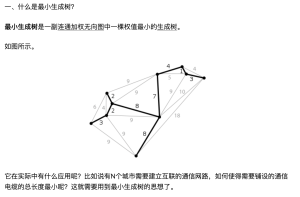
Radix sort LSD/MSD
Radix sort分LSD和MSD,见:🔗 [【算法】排序算法之基数排序 - 知乎] https://zhuanlan.zhihu.com/p/126116878
Graph’s bridge/articulation
🔗 [Bridges in a graph - GeeksforGeeks] https://www.geeksforgeeks.org/bridge-in-a-graph/
🔗 [Articulation Points (or Cut Vertices) in a Graph - GeeksforGeeks] https://www.geeksforgeeks.org/articulation-points-or-cut-vertices-in-a-graph/
🔗 [Component - 演算法筆記] http://web.ntnu.edu.tw/~algo/Component.html
Huffman
🔗 [详细图解哈夫曼Huffman编码树_无鞋童鞋的博客-CSDN博客_huffman编码树] https://blog.csdn.net/FX677588/article/details/70767446
乐理的中英文对照 / Music Representations cheat sheet
(大部分内容是直接抄的,但没有使用doute quote符号进行标注)
有关键盘/十二平均律

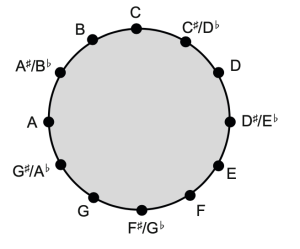
有关pitch
The notion of pitch is not strict and refers to a perceptual property that allows a listener to order a sound on a frequency- related scale.
Two notes with fundamental frequencies in a ratio equal to any power of two (e.g., half, twice, or four times) are perceived as very similar. Because of that, all notes with this kind of relation can be grouped under the same pitch class. This observation also leads to the fundamental notion of an octave, which is defined to be the interval between one musical note and another with half or double its fundamental frequency.
附:十二平均律音符和频率对照表
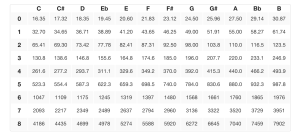
还有一张精确到小数点后2位的,可惜太糊了:
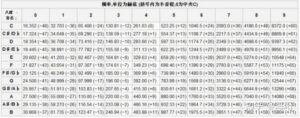
有关chroma
In the music context, the term “chroma” closely relates to the twelve different pitch classes. For example, the notes C2 and C5 both have the same chroma value C. In other words, all notes that have the same chroma value belong to the same pitch class.
高低音符号


measure and beat
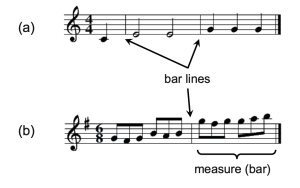
“小节“ -> measure;“节拍” -> beat
Music is typically organized into temporal units, referred to as beats. A measure (or bar) is a segment of time defined by a given number of beats.
Tempo
For example, the overall tempo and style of the piece may be specified by textual notations such as Allegro con brio (fast with vigor and spirit) or Andante con moto (moderate tempo with motion).
Note/音符
